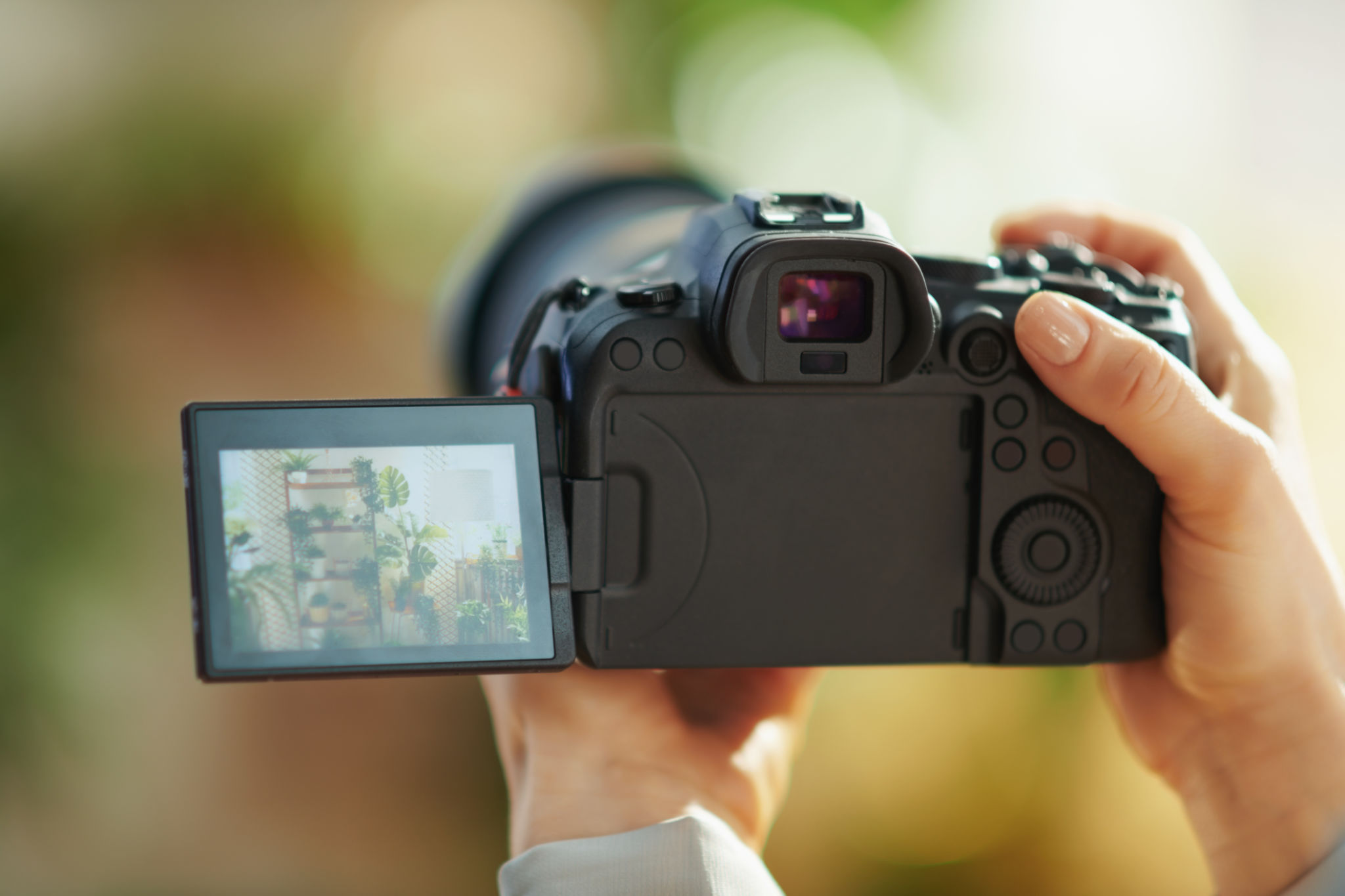The Ultimate Guide to Camera Calibration for Drones in Ballarat
Understanding Camera Calibration
Camera calibration is a crucial process for enhancing the accuracy of drone imagery. It involves adjusting the camera to correct distortions and align the images with real-world measurements. This process is especially important in areas like Ballarat, where precise topography mapping and landscape analysis are essential.
Calibration ensures that the images captured by the drone are free from lens distortion, which can significantly affect the quality of the data collected. By calibrating your camera, you ensure that every pixel in your image corresponds accurately to real-world coordinates.

The Importance of Calibration for Drones
Drones equipped with cameras are used for various purposes, from agricultural assessments to construction site monitoring. In all these applications, having accurate image data is fundamental to making informed decisions. Calibration plays a vital role in achieving this precision.
Without proper calibration, the data captured by drones can lead to misinterpretations and errors. For example, in a city like Ballarat, where urban planning and heritage conservation are ongoing projects, any inaccuracies can cause significant setbacks. Calibration helps in maintaining consistency and reliability in drone surveys.
When to Calibrate Your Drone Camera
Regular calibration is recommended for maintaining optimal performance. It is essential to recalibrate your camera if:
- You have changed the camera or lens.
- The drone has suffered any impact or crash.
- Environmental conditions have significantly changed (e.g., extreme temperatures).

The Calibration Process
Calibrating a drone camera involves several steps, which can be performed using specialized software. Here’s a basic outline of the process:
- Capture Calibration Images: Take multiple images of a known calibration pattern at different angles and distances.
- Upload Images to Calibration Software: Use software designed for camera calibration to analyze these images.
- Adjust Camera Parameters: The software will adjust parameters like focal length, optical center, and distortion coefficients.
- Validate Calibration: After adjustments, validate the calibration by capturing test images and checking for accuracy.
Choosing the Right Calibration Tools
Selecting the right tools for calibration is crucial for achieving accurate results. There are various software options available, ranging from open-source tools to specialized commercial applications. When choosing a tool, consider its compatibility with your drone model and the level of support it provides.

Practical Tips for Successful Calibration
Here are some practical tips to ensure successful calibration:
- Use a high-contrast calibration pattern to improve detection accuracy in images.
- Ensure the lighting conditions are consistent when capturing calibration images.
- Capture images from different angles and distances to provide comprehensive data for the software.
- Regularly update your calibration software to benefit from improvements and bug fixes.
Conclusion
Camera calibration is an essential practice for anyone using drones for data collection and analysis. In Ballarat, where precision is key for environmental studies and urban development, properly calibrated cameras enhance the reliability of your drone imagery. By following the steps outlined in this guide, you can ensure that your drone delivers accurate and actionable data.